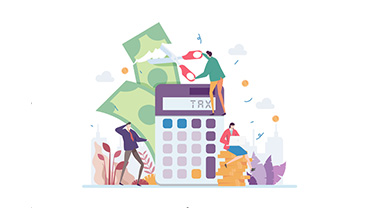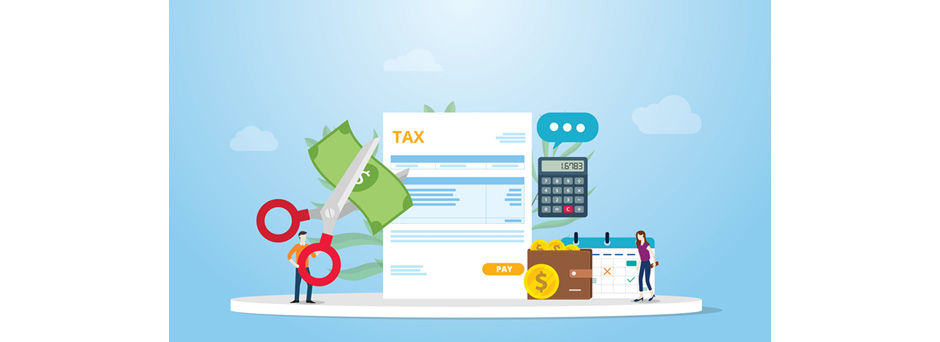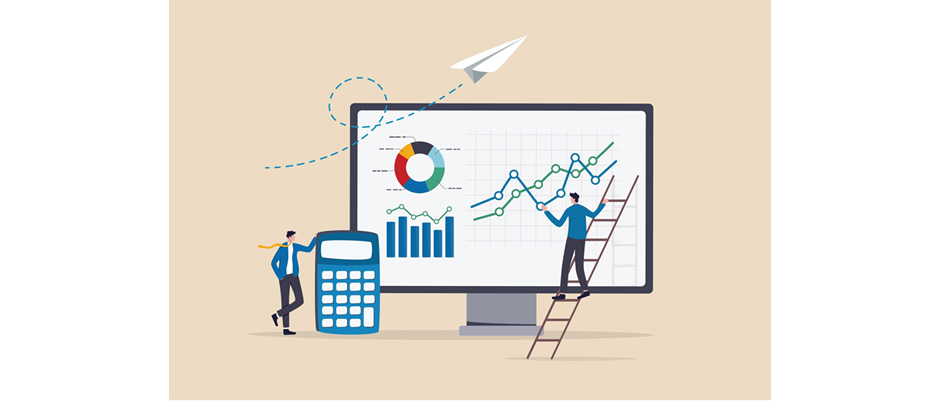A Must-Read for Low-Cost Business! Entrepreneurship Funding Application Process + 4 Low-Cost Startup Ideas
Understand more about how to start a business with low startup costs and apply for entrepreneurship funding....
Do not disclose your password to anyone (including Promise staff and the police). Our Company does not directly promote loan products to individuals, require customers to repay loans or request personal information through WhatsApp, WeChat or Facebook. Please click here to know the details.


Paying taxes is an unavoidable civic duty, but getting to grips with personal assessment may help you significantly lower your tax bill! This article will take you through the methods of personal assessment calculation, including how to compute tax-free allowances, to possibly reduce your tax payments, making the process simpler and easier!
There are three types of direct taxes under "Tax Ordinance": salaries tax, profits tax, and property tax. Personal assessment is not a tax item, but rather a tax relief arrangement for eligible individuals. Generally, eligible individuals include business owners or shareholders, and landlords who rent out properties. While taxpayers who subject to salaries tax do not have any business or rental income, they are not necessary to take personal assessment into account for tax calculations.
If taxpayers opt for personal assessment, they can combine their incomes from profits tax, salaries tax, and property tax, then compute the tax-free allowances and make appropriate deductions from the total. Any remaining balance is calculated using the progressive tax rate of the salaries tax of that year, potentially reducing the total amount of tax payable. Thus, for those who need to pay property tax and those with business losses, the advantages of using personal assessment are significant.
From 2018/19 tax year, anyone aged 18 or above in the relevant tax year, or under 18 with deceased parents, and who usually resides in Hong Kong or is a temporary resident, including both locals and foreigners regardless of permanent residency status, can opt for personal assessment. Non-residents may subject to different tax rates and regulations, please inquires Inland Revenue Department for specific requirements. If opting for personal assessment, the application must be made in writing. Taxpayers can fill out the relevant sections provided in the tax return form.

A year of assessment typically starts from April 1 each year and ends on March 31 of the following year. Applications for personal assessment must be made within two years after the end of the relevant year, or within two months of the issuance of the assessment or additional assessment notice for salaries tax, profits tax, or property tax of the relevant year, whichever is later. For example, if opting for personal assessment for the 2023/24 tax year, the application must be submitted before March 31, 2026.
Owners or shareholders operating a business for profit and landlords earning rental income must pay profits tax and property tax at standard rates. They can choose personal assessment to claim deductions and calculate the tax payable using the progressive tax rate of the salaries tax.
The calculation of allowances is similar to general tax calculations, including basic allowance, married person's allowance, child allowance, allowance for maintaining siblings, and parent or grandparent allowance.
Apart from above-mentioned allowances, business losses incurred during the tax year or mortgage loan interest on rented properties can be used for deduction, noting that the deductible amount should not exceed the assessable value of the property. Personal assessment enables the offset of other income against business losses, thereby reducing the tax amount payable.
Although allowances calculation can be complicated, getting it right can save you a significant amount! Detailed information about allowance can be found on the government website. The government also provides a personal assessment calculator to easily determine the tax amount payable.
Government webpage for allowance calculations:
https://www.gov.hk/en/residents/taxes/salaries/allowances/allowances/index.htm
Personal assessment calculator for the 2024/25 tax year:
https://www.ird.gov.hk/eng/ese/pa_comp_2024_25/pacfrm.htm

Tax calculation can indeed be complicated, so let's understand it through an example. For the 2023/24 tax year, assuming your sole proprietorship business incurred a loss of $100,000. In the same year, you were employed by another organization and received a salary of $400,000. You can use the following formula to calculate your personal income tax:
Example:
Assumed salaries tax payable:
Salary income $400,000
Deduct: Basic allowance $132,000
Net chargeable income $268,000
Tax payable calculated at progressive rates $27,560
Deduct: 100% tax reduction (capped at $3,000) $3,000
Tax payable $24,560
Profits tax payable:
Profit (Loss) ($100,000)
Tax payable $0
Tax payable under personal assessment:
Salary income $400,000
Business profit (Loss) ($100,000)
Net income after deductions $300,000
Deduct: Basic allowance $132,000
Net chargeable income $168,000
Tax payable calculated at progressive rates $11,520
Deduct: 100% tax reduction (capped at $3,000) $3,000
Tax payable $8,520
By opting for personal assessment, you can offset other income against business losses, thereby reducing the tax payable by $16,040 (i.e., $24,560 - $8,520). For further clarification on tax payable, you may refer to the aforementioned official personal assessment calculator webpage.
If you have any question about tax calculation, it is recommended to visit the government webpage for more information or consult the Inland Revenue Department or professional tax consultants for specific guidance and advice on income tax filing.
Method 1: Online Tax Payment
The Inland Revenue Department provides the option of paying taxes online, allowing taxpayers to pay within the specified tax year through various online methods, including PPS, e-Cheque, FPS, and bank transfer, etc. This is a convenient method, and you can find more tax payment methods and information on the government website.
Method 2: Paying Taxes by Phone
Taxpayers can also pay taxes over the phone using PPS or phone banking, which is another convenient option. You can call to pay taxes and provide the required information as instructed.
Method 3: Paying Taxes in Person
Taxpayers can pay taxes in person at designated locations such as post offices and convenience stores. However, please note their opening hours and any limits on the amount per transaction.
Method 4: Paying Taxes by Mail
Taxpayers can pay taxes by mailing a crossed cheque to the designated mailing address. Ensure there is sufficient postal time and postage fee to avoid postal errors.
Additionally, there are other methods to pay taxes, details of which can be found on the government webpage.
If you encounter cash flow problem during tax season, consider applying for a low-interest loan from Promise to ease your financial burden. You do not need to show up in person* when applying Promise low-interest personal loan, with repayment periods of up to 84 months, no penalty interests or extra fees for early repayment, offering flexibility! Once the loan is approved, funds will be transferred instantly via FPS^, helping you resolve financial issues swiftly. Click here to learn more about Promise personal loan.
